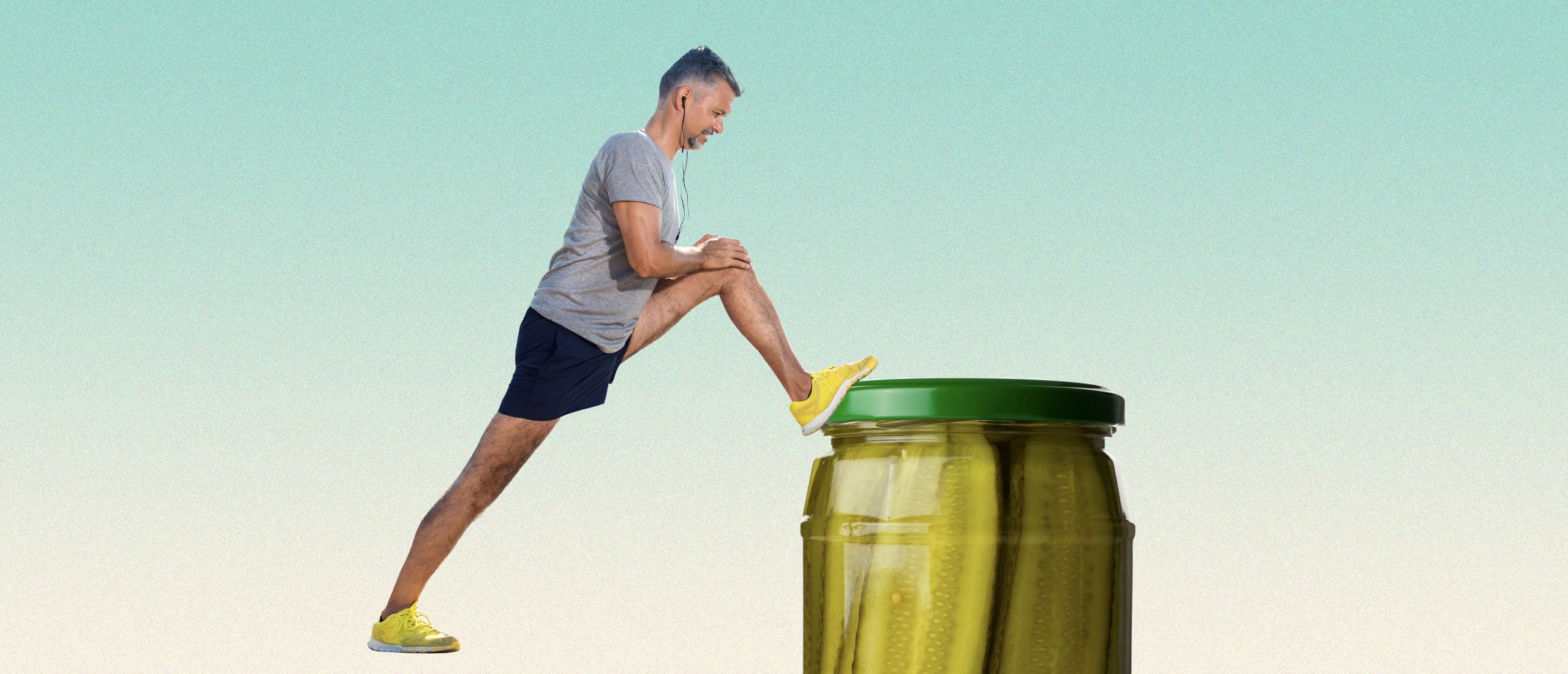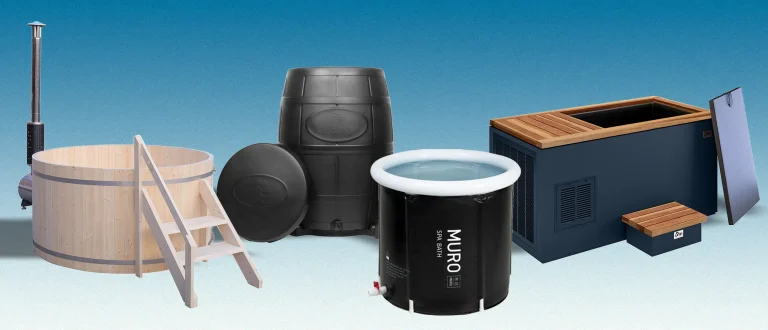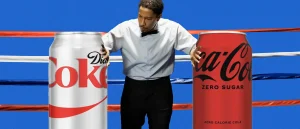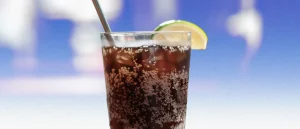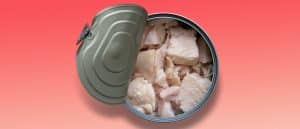Want to KO Muscle Cramps? Try Pickle Juice
From tennis phenom Frances Tiafoe to the Philadelphia Eagles, athletes around the world pound pickle juice to relieve mid-game muscle cramps and boost performance. New Jersey Devils winger Blake Coleman—known for guzzling down 16 ounces of pickle juice during every game—loves the stuff so much he launched his own pickle juice brand: P2O. “Gatorade, electrolyte packets—I’ve tried it all,” Coleman told Sports Illustrated. “Pickle juice is the one thing that allows me to not cramp through an entire game.”
But does pickle juice help with cramps—or is it just a placebo? We tapped registered dietitian Kelsey Costa, M.S., R.D. to find out exactly how the briny goodness works its magic.
Does Pickle Juice Help With Cramps?
Maybe. “Pickle juice’s potential to aid muscle recovery is rooted in its electrolyte and vinegar content,” says Costa. During exercise, your body loses vital electrolytes through sweat, which can cause muscle cramps and fatigue. “The electrolytes in pickle juice, such as sodium and potassium, can help replenish the body’s levels,” says Costa. Studies have shown that drinking pickle juice during or after your workout can relieve muscle cramp symptoms faster than drinking water alone (1, 2).
That said, it takes even a small amount of pickle juice (⅔ cup) about 30 minutes to get through the stomach to the gut, where the electrolytes can then be absorbed into the bloodstream (3). Meaning? The near-instantaneous effect of pickle juice on muscle cramps can’t be explained by its hydrating properties.
Researchers believe pickle juice’s cramp-relieving powers might be due to the ‘noxious’ (aka unpleasant) taste of acetic acid—found in vinegar-based pickles (some are made with just water, salt, and spices). A study published in Medicine and Science in Sports and Exercise suggests that acetic acid stimulates a neurological reflex that sends a message to your muscles to relax and can provide relief in as little as three to four minutes (1).
Benefits of Pickle Juice
Slurping down a shot of pickle juice comes with a slew of potential benefits. Here are the heavy hitters:
- Replenishes electrolytes. Pickles are a good source of sodium and potassium.
- Relieves muscle cramps. If you need to get rid of muscle cramps ASAP, several studies have confirmed pickle juice can help (1, 2).
- Regulates blood sugar. Most pickle varieties contain vinegar, which is rich in acetic acid, a compound that may improve blood glucose levels (4).
- Boosts gut health. Fermented pickle varieties (like Bubbie’s and Kreugermann) are loaded with good-for-you probiotics, live microrganisms that help balance gut bacteria and support your immune system (5).
Pickle Juice Nutrition
We get why athletes are into pickle juice: With no carbs or sugar, and loads of electrolytes, here’s how a 3.4-ounce serving of briny pickle juice stacks up in nutrition per the USDA (6).
- 0 calories
- 0 grams fat
- 0 grams carbohydrates
- 0 grams sugar
- 0 grams protein
- 342 milligrams sodium
- 29 milligrams potassium
“Pickle juice also contains substantial quantities of vitamins C and E, powerful antioxidants that support immune health, combat oxidative stress in cells, and help protect from free radical damage,” Costa adds.
Pickle Juice vs. Gatorade
Sweet, syrupy Gatorade has a time and place. Perform at a high level for hours and the quick digesting carbs and high sugar content in Gatorade replenish energy stores and electrolytes ASAP. But most of us don’t work out hard enough to need all that sugar (a whopping 35 grams per 16.9-fluid ounces to be exact). “Gatorade’s artificial additives and excessive amounts of added sugar can outweigh its potential benefits,” explains Costa. Pickle juice, on the otherhand, offers an impressive electrolyte load, at zero grams of sugar, and zero calories.

“Low-sugar pickle juice varieties are a plausible option for those who want to reduce their added sugar intake or follow a low-carb or ketogenic diet,” says Costa. She also points out, however, that you’ll need more fluid than a single shot of pickle juice to stay hydrated during exercise.
How to Use Pickle Juice For Cramps
Ready to throw things back to your pickleback shot days (hold the whiskey)? Here are a few things Costa looks for.
Keep the serving size small
“Limit your pickle juice to one to three ounces per day,” says Costa. That will get you in the range of 100 to 300mg of sodium—right in the ballpark of the average electrolyte powder. The latter end of the range contains nearly 15 percent of the recommended daily intake of sodium per FDA guidelines. Meaning: don’t chug the stuff.
Opt for vinegar-based pickles
“If drinking pickle juice for sports recovery, vinegar-based pickles are the best option as they contain electrolytes and acetic acid,” explains Costa. If you aren’t into eating pickles, just buy plain ol’ pickle juice. Brands like Pickle Juice and Sucker Punch are formulated specifically to provide the perfect hit of electrolytes with a tangy punch.
Look for fermented pickle juice when possible
Not all pickles are fermented, but if you want to boost gut health, looking for a fermented option may be worth the extra effort. “Naturally fermented pickle juice may be best for gut health as it helps promote a healthy gut microbiome with probiotics,” says Costa.
Less ingredients is better
“Commercially-prepared pickle juice may contain added sugars, artificial colors, and chemical preservatives,” says Costa. “Read the label closely and opt for pickle juice with minimal added sugar and only natural ingredients.” She recommends pickles that use healthier preservatives like salt, turmeric, garlic, mustard, cumin seed, and other spices.


